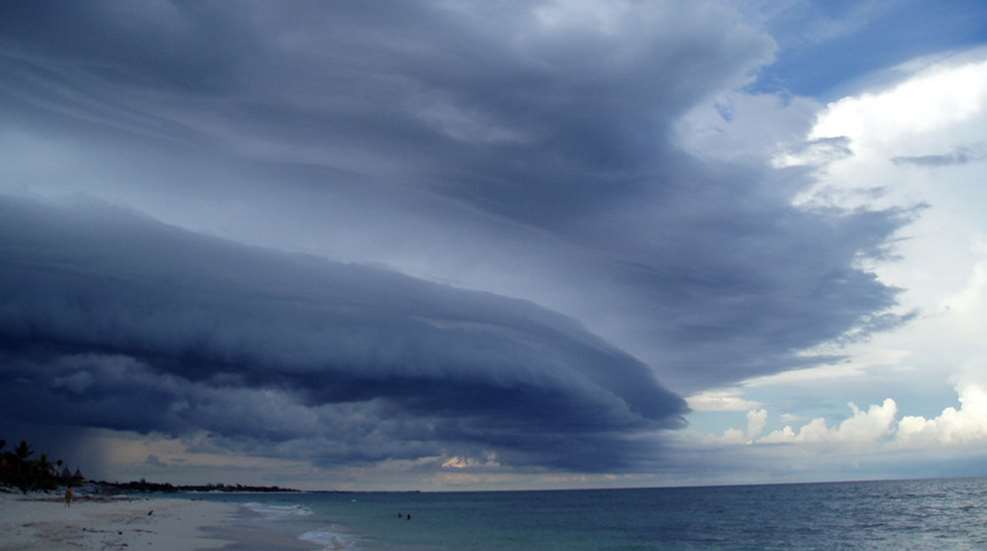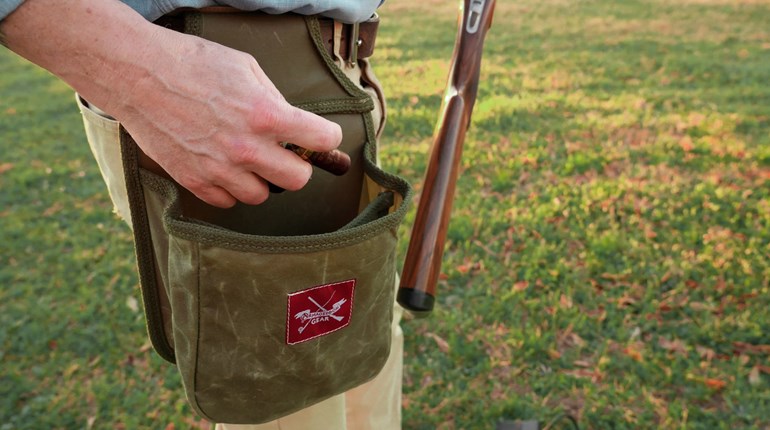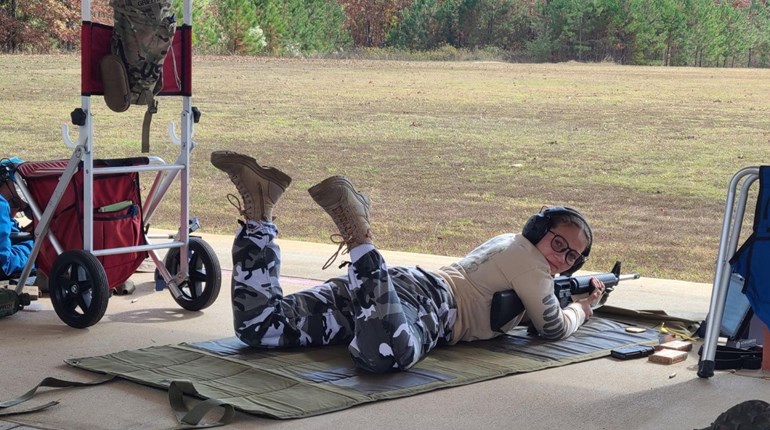
We write a lot in this space about what to do when life in the outdoors gets a little too outdoorsy, such as when severe storms pop up. But as scary as it can be when a thunderstorm approaches you on land, it's doubly so when you're out on the water. Whether you're taking advantage of the balmier days to fish and swim from a boat, or whether you're a waterfowler who might hunt from a boat, you should know that weather conditions can change quite rapidly. Here are some tips from the Arizona Game and Fish Department (AZGFD) for boaters on how to react during a storm.
“While the skies may look sunny as you’re heading to the lake, it’s important to always check the weather forecast for the entirety of the trip,” said Josh Hoffman, AZGFD’s boating safety education coordinator. “If severe weather is likely, stay home and reschedule your trip for another day. And if you’re already on the lake or river and storms are starting nearby, get off the water if you can do so safely.” Continued Hoffman,"“Thinking through these actions in advance can help prepare you in the event that you find yourself on the water when a storm hits."
1. While life jackets are required for children 12 and younger, everyone should wear a life jacket at all times while on the water. Storms can create large waves that could knock a passenger from the boat.
2. Monitor the weather around you, and use a weather radio for updates from the National Weather Service. If storms are predicted or are building, pull your boat out of the water or consider postponing your outing.
3. Secure all gear above and below decks.
4. Keep everyone onboard away from electrical and ungrounded components, and remain as low in the boat as possible.
5. Slow down but keep enough power to maintain headway and steering.
6. Turn on your navigation lights.
7. If possible, head for the nearest shore that’s safe to approach. It may be best to ride it out in open water rather than try to approach the shore in heavy wind and waves.
8. Boats should head the bow into the waves at a 45-degree angle. Personal watercrafts should head directly into the waves.
“It’s also a good idea to leave a float plan with a friend or relative who isn’t going on the boat with you," said Hoffman. "Be sure to include where you’re going and when you expect to return, so they can follow up to make sure you made it home safely.”
“While the skies may look sunny as you’re heading to the lake, it’s important to always check the weather forecast for the entirety of the trip,” said Josh Hoffman, AZGFD’s boating safety education coordinator. “If severe weather is likely, stay home and reschedule your trip for another day. And if you’re already on the lake or river and storms are starting nearby, get off the water if you can do so safely.” Continued Hoffman,"“Thinking through these actions in advance can help prepare you in the event that you find yourself on the water when a storm hits."
1. While life jackets are required for children 12 and younger, everyone should wear a life jacket at all times while on the water. Storms can create large waves that could knock a passenger from the boat.
2. Monitor the weather around you, and use a weather radio for updates from the National Weather Service. If storms are predicted or are building, pull your boat out of the water or consider postponing your outing.
3. Secure all gear above and below decks.
4. Keep everyone onboard away from electrical and ungrounded components, and remain as low in the boat as possible.
5. Slow down but keep enough power to maintain headway and steering.
6. Turn on your navigation lights.
7. If possible, head for the nearest shore that’s safe to approach. It may be best to ride it out in open water rather than try to approach the shore in heavy wind and waves.
8. Boats should head the bow into the waves at a 45-degree angle. Personal watercrafts should head directly into the waves.
“It’s also a good idea to leave a float plan with a friend or relative who isn’t going on the boat with you," said Hoffman. "Be sure to include where you’re going and when you expect to return, so they can follow up to make sure you made it home safely.”







































